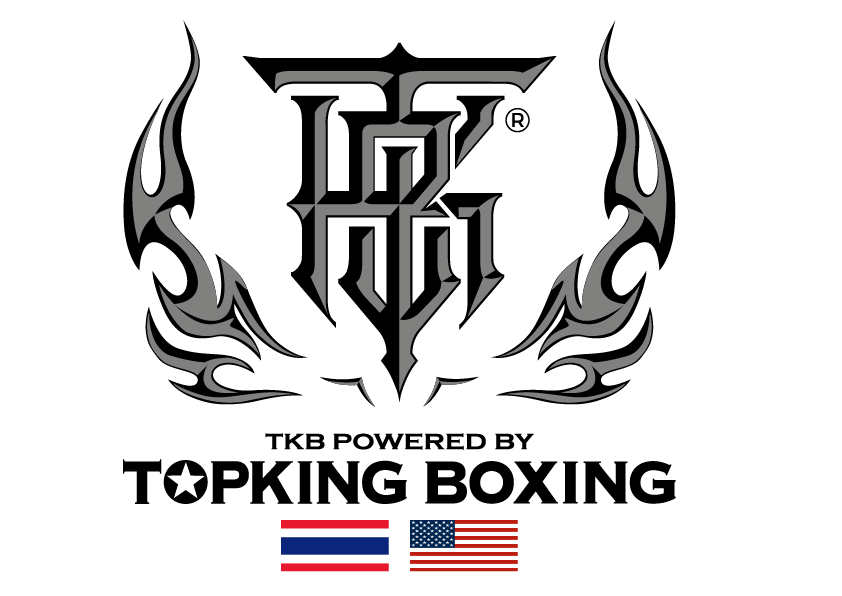Muay Thai, often referred to as Thai boxing, is a dynamic martial art and full-contact combat sport originating from Thailand. This discipline is renowned for its use of stand-up striking and clinching techniques, earning the nickname "The Art of Eight Limbs" due to its unique combination of fists, elbows, knees, and shins as points of contact. Governed by The Professional Boxing Association of Thailand (P.A.T.) and sanctioned by The Sports Authority of Thailand (S.A.T.), Muay Thai has achieved international acclaim, evolving into a global phenomenon as practitioners from Thailand began competing in kickboxing and mixed-rules matches worldwide.
Introduction to Muay Thai
Muay Thai, literally translating to "Thai Boxing," holds a revered place as the national sport of Thailand. With roots tracing back to the 13th century during the Sukhothai Kingdom, this martial art was initially developed for military use. Today, Muay Thai is not only practiced within Thailand but has also captivated enthusiasts around the globe. Its distinguishing feature as the "Art of Eight Limbs" sets it apart from other combat sports like boxing and karate, utilizing punches, elbows, knees, and kicks for an all-encompassing fighting style.
What is Muay Thai?
Muay Thai's transformation from traditional martial art to a modern combat sport began in the early 20th century, influenced by British boxing's introduction of codified rules and the boxing ring. Fighters transitioned from using rope hand wraps ("Kard Chuek") to wearing boxing gloves, enhancing safety and competition standards. This sport allows two competitors to engage in striking, clinching, sweeps, and throws, accompanied by traditional elements like the pre-fight dance ritual (Wai Kru Ram Muay), the head dress (Mongkon), and Sarama music.
Historical Roots of Muay Thai
Muay Thai's origins trace back to the Sukhothai dynasty, around the 13th century. The first Thai army, formed to defend the kingdom, included soldiers trained in armed and unarmed combat, leading to the evolution of martial arts like Muay Boran and eventually Muay Thai. Over centuries of conflict with neighboring kingdoms and tribes, Muay Thai became ingrained in the culture of Siam (now Thailand). One legendary figure, Nai Khanom Tom, exemplified Muay Thai's prowess during the Ayutthaya period, defeating nine Burmese fighters in succession. This event, celebrated annually on March 17th as Muay Thai Day, reflects both historical fact and myth.
In the Rattanakosin Kingdom era, Muay Thai was formalized as a national sport, with rules and regulations introduced to standardize competitions.
The Rise of Modern Muay Thai
The early 20th century, around the time of World War I, marked a pivotal period for Muay Thai's global expansion. The sport embraced elements of traditional boxing, including the use of padded gloves, timed rounds, and a squared ring, adapting to international standards. While rooted in Muay Boran's ancient techniques, modern Muay Thai excludes dangerous strikes to the joints or the back of the head to ensure fighter safety.
Muay Thai encompasses diverse techniques from Western boxing, such as jabs, crosses, hooks, and uppercuts, while integrating kicks, elbows, knee strikes, clinching, sweeps, and throws for a comprehensive combat style. Its effectiveness as a stand-up striking art has attracted practitioners from various martial arts disciplines, including mixed martial artists. Prestigious arenas like Lumpinee and Rajadamnern stadiums in Bangkok serve as the ultimate stage for local and international fighters aspiring to compete in Muay Thai's hallowed halls.
5 Muay Thai Styles
Muay Thai stands as one of the most effective stand-up striking arts globally. Known as the "Art of Eight Limbs," it encompasses the use of fists, elbows, knees, and legs, offering fighters a versatile arsenal. Within Muay Thai, distinct fighting styles emerge, each defined by its preferred weapons or strategic approach. Below are the commonly referred styles:
Muay Femur: Technical fighter with high fight IQ
Muay Khao: Knee Fighter
Muay Mat: Aggressive fighter favouring heavy punching and low kicks
Muay Tae: Fighters that prioritize kicking
Muay Bouk: Pressure fighters, non-stop moving forward
Click here for more info on Muay Thai styles
Cultural Significance and Royal Endorsement
Muay Thai stands as a cultural treasure of Thailand, its origins dating back to the kingdom's need for self-defense. Despite the loss of historical records during the Burmese invasion of Ayutthaya in the 14th century, the preserved remnants of Muay Thai's history remain cherished national treasures. The King of Thailand, an avid supporter of Muay Thai, has played a significant role in its modern-day popularity, elevating it to unprecedented levels of global recognition.
In essence, Muay Thai is more than just a combat sport; it embodies Thailand's cultural heritage, blending ancient traditions with contemporary athleticism. As practitioners around the world embrace this martial art, Muay Thai continues to inspire and captivate enthusiasts with its rich history and enduring legacy. For more insights into Muay Thai styles and knowledge, explore our other articles on the Top King USA website.

